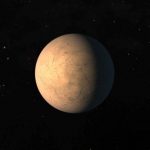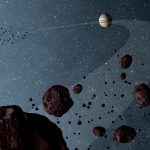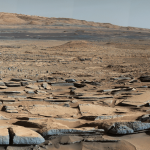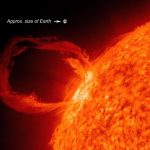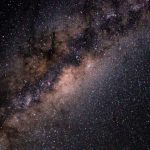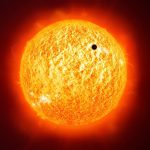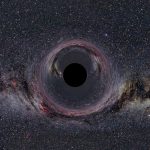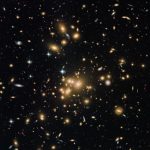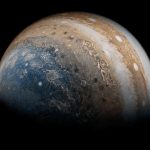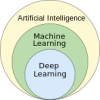Astronomers use the music of the spheres to track TRAPPIST-1’s seventh planet0
- From Around the Web, Space
- June 3, 2017
An international research team led by a University of Washington astronomer has worked out the intricate dance of seven planets circling an ultracool dwarf star known as TRAPPIST-1, nailing down the coordinates of the outermost world in the process.

